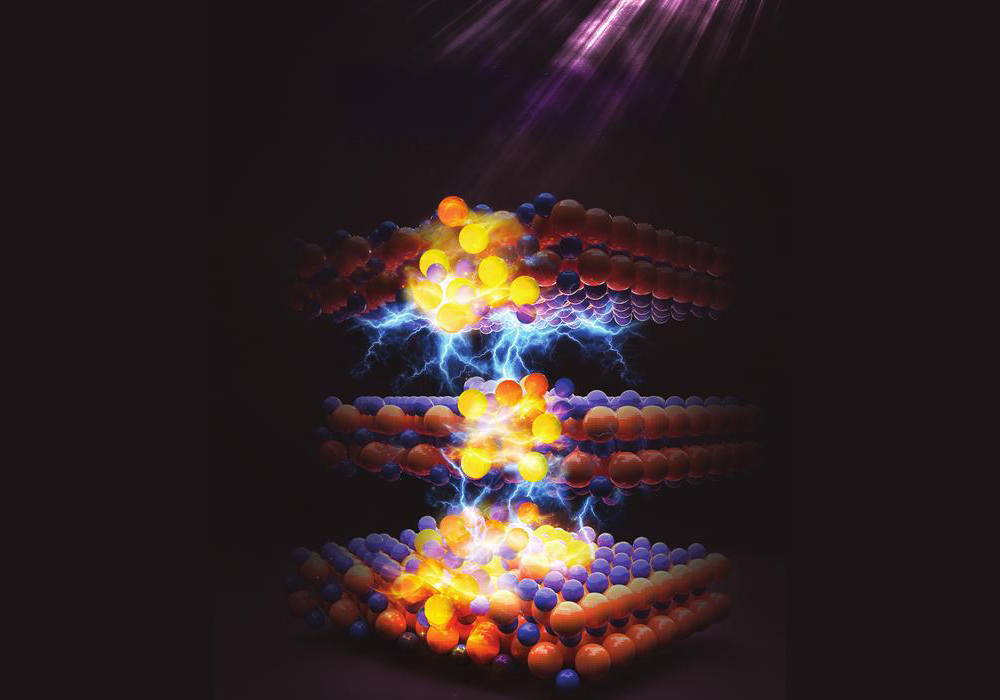Two Johns Hopkins researchers believe they have developed a new method to use lasers to manipulate electrons in a crystal array, and if the discovery holds up to testing, it could lead to new forms of computer memory, biohazard alarms and cancer cell detectors. Alexander Kaplan, a professor in the Department of Electrical and Computer Engineering in Johns Hopkins’ Whiting School of Engineering and Sergei Volkov, a postdoctoral fellow in his lab, published their theory recently in the journal Physical Review Letters. Kaplan and Volkov’s ideas run slightly counter to the assumption that when lasers interact with atoms in a crystal, the light forces the electrons to move in a uniform fashion with their neighbors. The duo says that under the right conditions, electrons can abandon their lock-step motion and temporarily part ways with nearby electrons and then bump together. Kaplan and Volkov liken the action to swing dancing where partners push away and then pull back together.
“[W]e’ve concluded that under certain circumstances, the nearest atoms will behave much differently. Their electrons will move violently apart and come back together again, staging a sort of ‘nano-riot. By choosing particular atoms in the proper configuration and directing the right laser light at them, we could control the behavior of these ‘nano-dancers,'” said Kaplan.
According to a Johns Hopkins news release, at least three conditions are necessary for electrons to behave the way Kaplan and Volkov describe:
- the system must be very small, typically involving no more than a few hundred atoms, and the atoms must be arranged in a one-dimensional or two-dimensional configuration.
- the atoms must be grouped in a sufficiently close concentration; interestingly, though, this arrangement may allow more space between atoms than exists in a typical crystal
- the frequency of the laser driving the atoms must be closely tuned to one of the specific frequencies of the atomic electrons – the so-called atomic resonance – in the way that a radio receiver might be tuned to a particular station.
When these conditions are met, electrons can get “coupled” instead of behaving uniformly as predicted under the prevailing Lorentz-Lorenz theory. The practical implications are intriguing:
“The essential thing is, these are completely designable atomic structures. Fortunately, once this atomic structure is built, the ‘dancing style’ of the atoms can be controlled by the laser tuning,” Kaplan said. “Furthermore, if the laser intensity is sufficient, we believe the atoms in this lattice will engage in so-called nonlinear behavior. That means they can be made to behave like switches in a computer. They will act like a computer’s memory or logic components, assuming the positions of either 1 or 0, depending on the initial conditions.”
Such a logic component would generate little heat and allow further miniaturization of electronic components. The JHU news release also reports that Kaplan and Volkov believe that groups of atoms in the right lattice could be “designed so that when a specific foreign bio-molecule enters a system, the atomic electron ‘dancing’ would stop. Because of this characteristic. . . the system could be designed to trigger an alarm signal whenever a bio-hazard or perhaps a cancer cell was detected.”
CTT Categories
- Electronics
- Material Innovations

